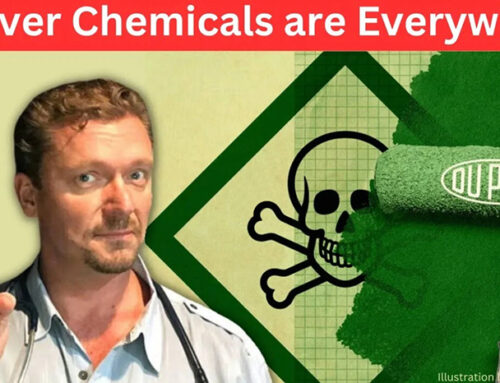
In February 2020, truckers circled round the capital in protest over governor Kate Brown and the Oregon state legislature’s new taxes: gross receipt’s tax, carbon tax, payroll tax and much more. You name it a tax was levied on it. Oregonians had no idea what was about to befall us in March. Business shutdowns, needless restrictions and unfounded hysteria were imposed by Governor Brown and her minions. December 21, 2020 the legislature met in a special session, this time behind closed doors with no debate allowed, to pass an $800 million COVID relief package, instead of opening business.
Businesses in Oregon, and many other states, hit with government draconian measures, understand it is time to take an honest look at their financial reports and decided if it is profitable to continue business in the state. Is the business able to sustain, at a minimum, or improve financial performance and thrive and grow? Is it time to move, merge or close?
As we described in a previous article one of the most effective methods to evaluate the true Costs of Goods or Services (COGS) is by using “Simplified” Value Stream Costing and the Power of GEMBA. Financial reports are an incomplete story, because some costs captured in Administration and Overhead should be attributed to COGS. Here’s a detailed case study.
Case Study:
A $20 million Contract Manufacturer outsourced parts fabrication to a litany of Chinese based fabricators. Issues with part quality, rework and scrap; late deliveries: and increasing costs associated with labor rates, tariffs and logistics were unending. Managing the offshore suppliers in China was a was a never ending challenge and costly.
Methods and Solution:
The Mervyn Group assessed the complete value stream, from Customer Sales Order entry, through purchasing, receiving and inspection, fabrication, inspection and shipping. The assessment included Purchase Order issuance to Chinese based component suppliers, lead times, and delivery to U.S. It included program, supply chain, and production management as well as operations and manufacturing.
By going to GEMBA, issues or problems and constraints, including root cause, effective solutions, and improvements, were identified. Process mapping demonstrated the interrelationship between the issues and constraints and provide clear visibility of solutions to management. The impact of each issue or constraint in terms of direct and indirect costs (ie. Labor, materials, waste) and risk was calculated. The COGS and margins were reevaluated. Costs associated with the following had not been considered in COGS and margins.
- Minimum order quantities did not align with quotes.
- Parts were ordered late and as a result were being expedited via air to meet production schedule.
- Defective parts on receipt were significant. Defect rates necessitated 100% inspection, and rework and or scrap of some parts. Parts needed to be reordered and delivered via air freight to meet production schedule.
- Landed costs including air freight were not incorporated into COGS.
- VAT tax and state tax taxes increases were not considered.
- Chinese labor rate was increasing and had not been updated in the COGs based on new quotes.
Risks included
- Lead times were 16- 24 weeks.
- Port strikes and hold ups due to Customs were pending.
- Some parts were incorporated into products that were regulated.
- Tariff changes imposed by government.
Costs and impacts on margins were recalculated to discover to what extent Purchase Price Variance was monitored or controlled. Significant costs associated with quoting, purchasing, expedited freight, quality and rework, and taxes were identified and margins narrowed dangerously close to break even. In other case studies, the margins dropped to below breakeven, or flipped.
Solutions needed to improve operational efficiency and reduce costs, and improve quality, delivery and Customer satisfaction were implemented. Minimum order quantities were requoted. Buyers were provided the tools and requirements to facilitate purchasing and on time delivery. Quality requirements including inspection, rework and scrap were pushed back to the Chinese fabricator. The Supply Chain Manager actively worked with the Chinese fabricator to improve quality and delivery. Some parts were re-shored to U.S. or other near shore suppliers.
Results/ Benefits:
- Over $1 million savings the first year by reassigning part quality to suppliers.
- Reduced on-going cost of quality by %80.
- Obtained competitive bids and moved parts to Suppliers with better quality and price
- Consolidated offshore risks and established near shore suppliers with reduced risk.
- Improved on time delivery of parts to production from 50% to over 90%.
- Reduced need to air freight parts to meet production schedule.
- Reduced costs and improved profitability.
- Improved end-item product quality and deliver to >95%.
The Mervyn Group is ready to help you:
- Evaluate cost of goods/ services sold in a comprehensive way (Value Stream Cost Accounting) along with opportunities for improvement,
- Optimize processes and maximize efficiency (Operations Excellence, LEAN, SIOP, Technology and Automation),
- Build new supplier partnerships, and
- Enable your organization to rebound, survive and grow.
Contact Debra Mervyn Debra@MervynGroup.com to learn more.




